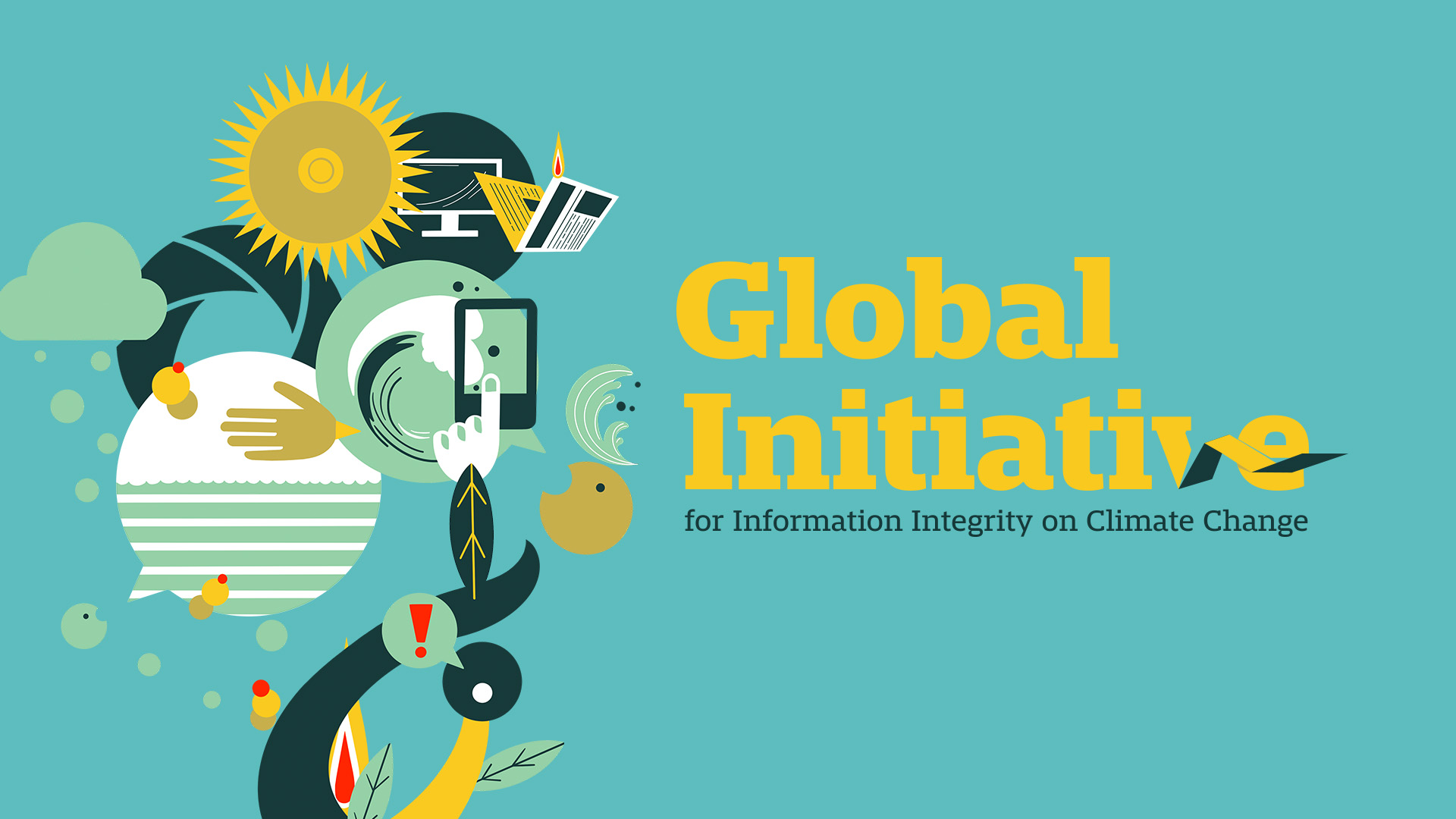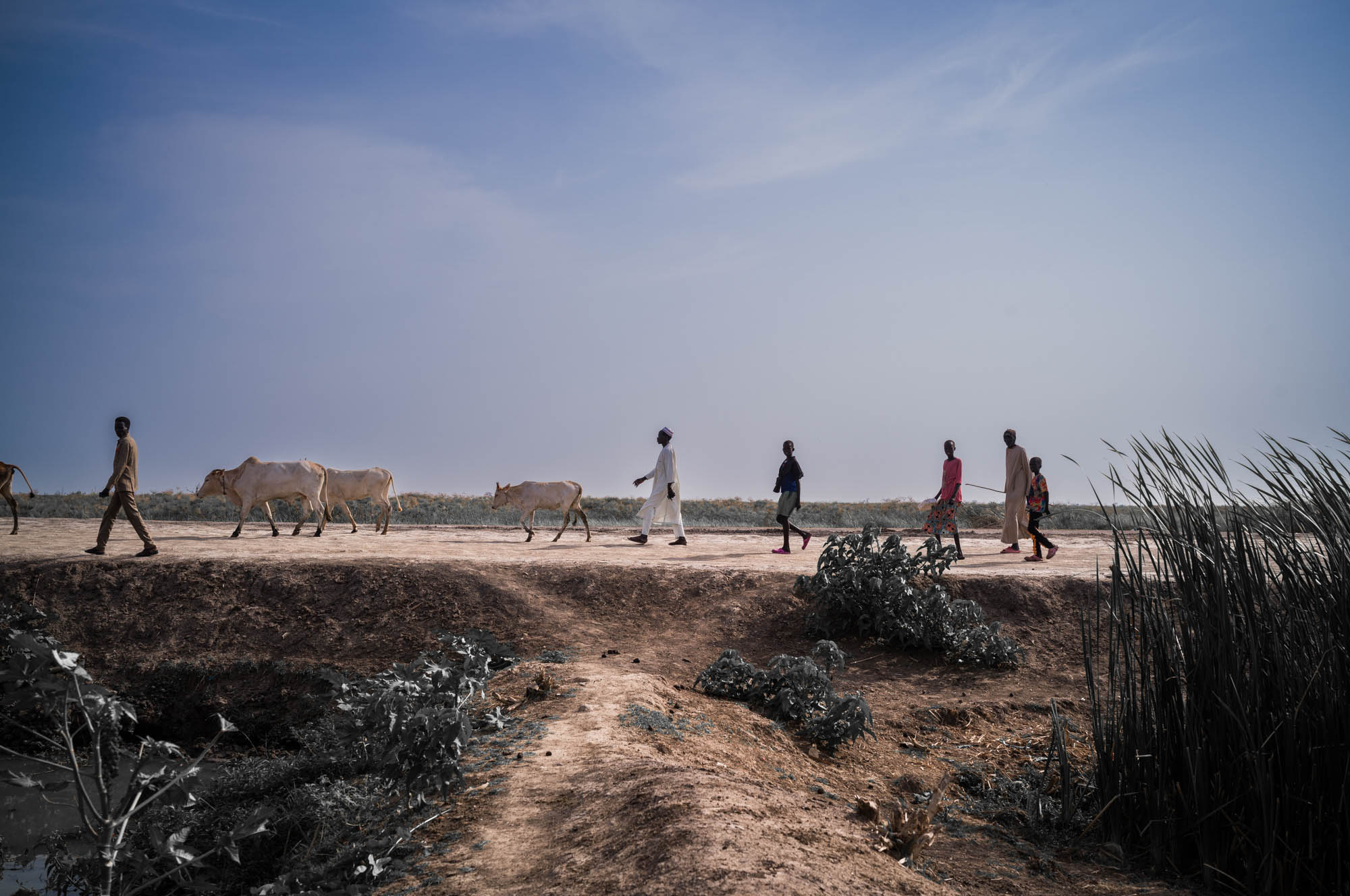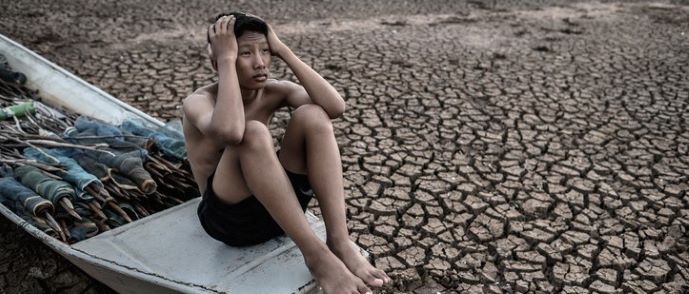
Climate Mitigation and the Green Transition
Climate mitigation and the green transition are slowly picking up. Global warming will thus continue in the coming decades. As a result, the sea level and the risk of extreme weather events will continue to rise in the near future. There is thus an urgent need for large-scale investments in public adaptation to limit residential and environmental losses from global warming.
However, many people and corporations in societies in Europe, the US, and elsewhere doubt the effectiveness of climate change protection measures. Populist parties have other priorities and doubt the importance of combating climate change. There is thus no political majority in many countries to put aside the funds needed to invest in protection against sea level rise and the risk of extreme weather events. Public investment in protective infrastructure thus requires political support, which currently seems to be lacking. Insufficient adaptation to climate change leads to rising damages and a steady loss of habitat. As global warming continues, there is a greater incentive for government cabinets, parliaments, and senates to make compromises and to form coalitions to get action on climate adaptation. Our objective is to better understand how over time political coalitions can change from those that hardly invest in adaptation to those that do invest substantially in adaptation.
Political Economy of Climate Adaptation
We introduce rising climate risk in an overlapping generation model of redistributive technological change (Döttling and Perotti 2017). To get a grip on changing coalitions, we distinguish between young and old people and between those who are sceptic about the efficacy of public adaptation measures and those who are not. The importance of pessimistic climate beliefs about efficacy of climate measures has been established in survey evidence (Douenne and Fabre 2022). We introduce a housing market and risk of flooding (Van der Straten 2023). Climate shocks damage houses and reduce their supply (e.g. due to a higher sea level), thus causing house prices to fall in the short run and to rise in the longer run (as the scarcity effects dominates). Political resistance to public adaptation comes from voters who are pessimistic about the efficacy of adaptation investments and from old voters who won’t live long enough to benefit from public adaptation themselves.
We thus obtain a dynamic framework that allows for four different groups of voters and use this to gain insights into the political economy of adapting to climate change. When voting, households support the party proposing an adaptation rate (defined as adaptation spending divided by aggregate income) closest to their preference, with votes cast under a Rawlsian veil of ignorance, thus before they know the realisation of their incomes. However, households are aware of the growing inequality stemming from technological change. This affects their preferences for public adaptation, since it increases the reliance of the economy on protection offered by the government.
Political Process
Political parties propose an adaptation rate, which is funded by a flat tax on labour income, competing for votes in each electoral period. The size of the investment in public adaptation is an outcome of this electoral competition, where the majority of votes determines the equilibrium climate policy. We show how support for public climate adaptation evolves over time as climate risk and inequality rise, shifting political alliances across age and class cohorts. We show that the winning coalition shifts in response to the growth in climate damages and the ensuing habitat loss, inducing a political tipping point from a pessimistic coalition of young and old sceptics towards a new coalition of young sceptics and old optimists. This leads to a higher, but still sub-optimal, rate of public adaptation. We will illustrate this now.
Sea Level Rise Overcomes Reluctance to Act on Climate Change
For the sake of argument, let us focus on the situation in which there are more old than young voters and pessimistic voters constitute a majority in each cohort. The set of feasible coalitions is then either a political majority of the older cohort, or a coalition of old and young pessimists, or a coalition of old optimists and young pessimists.
If beliefs about the efficacy of public adaptation are sufficiently dispersed, the pessimistic young turn out to be pivotal. The difference between the adaptation rates proposed by the older cohorts of optimists and pessimists then becomes too large. This rules out a coalition of the old. The preferences of young pessimists to either form a coalition with old pessimists or a coalition with old optimists determine the political equilibrium that emerges. If climate risk is sufficiently low, the pessimistic young have weak incentives to support investment in public adaptation. Then, the coalition of young and old pessimists emerges as the winning coalition, with limited investment in public adaptation.
Over time, as climate risk rises, support for public adaptation increases. This occurs as the rise in climate risk increases the value of habitat and hence the value of preventive measures.
Our analysis reveals that this may induce political tipping, as the support by some groups of voters increases at a faster rate than for others. Specifically, young households gain an additional advantage from public adaptation compared to old households, since the youth own the habitat which is to be protected by public investment. Hence, the preferred adaptation rate of the young pessimists increases at a higher rate, gradually moving closer to the adaptation rate proposed by the old optimists.
Figure 1: Evolution of the Political Equilibrium
- The time paths of the adaptation rate preferred by the old optimists (blue line), the young pessimists (orange line), and the old pessimists (green line) for different representative concentration pathways (RCP) scenarios.
- The dashed, vertical line indicates the point in time at which the political equilibrium tips.
- The left panel shows the evolution of the bounds under the RCP 4.5 scenario with modest mitigation and emissions peaking around 2050 and the right panel shows the evolution of the bounds under the RCP 8.5 scenario with almost no mitigation and emissions rising throughout the 21st century.
Figure 2: Political Tipping
- The time path of the adaptation rate (τt) when the political equilibrium tips around 2070.
- The blue line depicts the adaptation rate in the economy if a coalition of pessimists prevails.
- The green line depicts the adaptation rate if a coalition of young pessimists and old optimists emerges.
- The results are shown under the representative concentration pathways (RCP) 4.5 scenario (left panel) and the RCP 8.5 scenario (right panel).
‘Tragedy of the Horizon’
While political tipping increases the investment in public adaptation, the political process does not manage to internalise its broader societal value. This leads to a difference between the adaptation rate that results
SDGs, Targets, and Indicators
SDG 13: Climate Action
- Target 13.1: Strengthen resilience and adaptive capacity to climate-related hazards and natural disasters
- Target 13.2: Integrate climate change measures into national policies, strategies, and planning
- Target 13.3: Improve education, awareness-raising, and human and institutional capacity on climate change mitigation, adaptation, impact reduction, and early warning
- Target 13.A: Implement the commitment undertaken by developed-country parties to the United Nations Framework Convention on Climate Change to a goal of mobilizing jointly $100 billion annually by 2020 from all sources to address the needs of developing countries in the context of meaningful mitigation actions and transparency on implementation and fully operationalize the Green Climate Fund through its capitalization as soon as possible
SDG 11: Sustainable Cities and Communities
- Target 11.5: By 2030, significantly reduce the number of deaths and the number of people affected and substantially decrease the direct economic losses relative to global gross domestic product caused by disasters, including water-related disasters, with a focus on protecting the poor and people in vulnerable situations
- Target 11.B: By 2020, substantially increase the number of cities and human settlements adopting and implementing integrated policies and plans towards inclusion, resource efficiency, mitigation and adaptation to climate change, resilience to disasters, and develop and implement, in line with the Sendai Framework for Disaster Risk Reduction 2015-2030, holistic disaster risk management at all levels
SDG 10: Reduced Inequalities
- Target 10.4: Adopt policies, especially fiscal, wage, and social protection policies, and progressively achieve greater equality
- Target 10.6: Ensure enhanced representation and voice for developing countries in decision-making in global international economic and financial institutions in order to deliver more effective, credible, accountable, and legitimate institutions
SDG 1: No Poverty
- Target 1.4: Ensure that all men and women, in particular the poor and the vulnerable, have equal rights to economic resources, as well as access to basic services, ownership, and control over land and other forms of property, inheritance, natural resources, appropriate new technology, and financial services including microfinance
SDG 16: Peace, Justice, and Strong Institutions
- Target 16.6: Develop effective, accountable, and transparent institutions at all levels
- Target 16.7: Ensure responsive, inclusive, participatory, and representative decision-making at all levels
Analysis:
1. The issues highlighted in the article are connected to SDGs 13 (Climate Action), 11 (Sustainable Cities and Communities), 10 (Reduced Inequalities), 1 (No Poverty), and 16 (Peace, Justice, and Strong Institutions).
2. Specific targets under these SDGs that can be identified based on the article’s content include:
– Target 13.1: Strengthen resilience and adaptive capacity to climate-related hazards and natural disasters
– Target 13.2: Integrate climate change measures into national policies, strategies, and planning
– Target 11.5: By 2030, significantly reduce the number of deaths and the number of people affected and substantially decrease the direct economic losses relative to global gross domestic product caused by disasters, including water-related disasters, with a focus on protecting the poor and people in vulnerable situations
– Target 10.4: Adopt policies, especially fiscal, wage, and social protection policies, and progressively achieve greater equality
– Target 1.4: Ensure that all men and women, in particular the poor and the vulnerable, have equal rights to economic resources, as well as access to basic services, ownership, and control over land and other forms of property, inheritance, natural resources, appropriate new technology, and financial services including microfinance
– Target 16.6: Develop effective, accountable, and transparent institutions at all levels
– Target 16.7: Ensure responsive, inclusive, participatory, and representative decision-making at all levels
3. The article does not explicitly mention specific indicators to measure progress towards the identified targets. However, indicators that can be implied from the article include:
– Increase in public investment in protective infrastructure for climate adaptation
– Reduction in residential and environmental losses from global warming
– Increase in voter support for public adaptation measures
– Reduction in inequality through fiscal, wage, and social protection policies
– Enhanced representation and voice for developing countries in decision-making processes
– Development of effective, accountable, and transparent institutions at all levels
Table: SDGs, Targets, and Indicators
| SDGs | Targets | Indicators |
|---|---|---|
| SDG 13: Climate Action | Target 13.1: Strengthen resilience and adaptive capacity to climate-related hazards and natural disasters | Increase in public investment in protective infrastructure for climate adaptation |
| SDG 11: Sustainable Cities and Communities | Target 11.5: By 2030, significantly reduce the number of deaths and the number of people affected and substantially decrease the direct economic losses relative to global gross domestic product caused by disasters, including water-related disasters, with a focus on protecting the poor and people in vulnerable situations | Reduction in residential and environmental losses from global warming |
| Target 11.B: By 2020, substantially increase the number of cities and human settlements adopting and implementing integrated policies and plans towards inclusion, resource efficiency, mitigation and adaptation to climate change, resilience to disasters, and develop and implement, in line with the Sendai Framework for Disaster Risk Reduction 2015-2030, holistic disaster risk management at all levels | Increase in public investment in protective infrastructure for climate adaptation | |
| SDG 10: Reduced Inequalities | Target 10.4: Adopt policies, especially fiscal, wage, and social protection policies, and progressively achieve greater equality | Reduction in inequality through fiscal, wage, and social protection policies |
| Target 10.6: Ensure enhanced representation and voice for developing countries in decision-making in global international economic and financial institutions in order to deliver more effective
Behold! This splendid article springs forth from the wellspring of knowledge, shaped by a wondrous proprietary AI technology that delved into a vast ocean of data, illuminating the path towards the Sustainable Development Goals. Remember that all rights are reserved by SDG Investors LLC, empowering us to champion progress together. Source: cepr.org
Join us, as fellow seekers of change, on a transformative journey at https://sdgtalks.ai/welcome, where you can become a member and actively contribute to shaping a brighter future.
|


.jpg)




